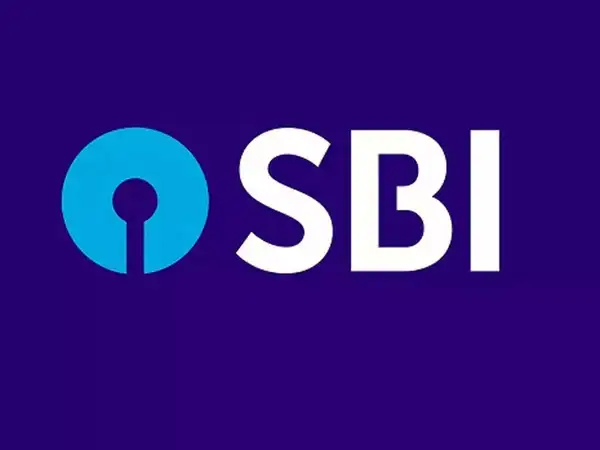The banking sector in India is one of the most prominent sectors comprising both public sector and private sector-based banking institutions. With both public and private banks working towards strengthening the banking and financial system of India, the public sector-based banks are known for their considerable contribution towards the financial ecosystem. Among the public sector banks, Punjab National Bank and State Bank of India are the two most prominent financial institutions that are known for their significant customer base, a wide network of branches and countless financial services. With strong financial performance, digitised financial services and wide market capitalisation, the public sector banks can be compared based upon various aspects of which have been listed below:
Market capitalisation
The Punjab National Bank of India and State Bank of India are known for their wide and strong market capitalisation. While SBI has a capitalisation of more than 6.9 lakh crores, PNB has a capitalisation of 1.08 lakh crores. On the other hand, the State Bank of India boasts of a network of more than 22,000 branches in multiple cities with 62,000+ ATMs. PNB has a robust presence with 10,000 branches all over India, along with 13,000+ ATMs, which are growing at a rapid pace.
Financial performance
State Bank of India and PNB can be compared based on their financial performance. While SBI generated a net profit of ₹60,000 crores in the last financial year, Punjab National Bank of India reported a net profit of ₹9,107 crores in the same financial year. The SBI share price, currently trading at ₹780, has grown at an exponential rate, serving as a testament to its strong financial ability to deliver consistent returns to its investors. Both banks reported strong financial growth over the last financial years, which is a testament to their strong growth potential, loan disbursals, and interest margins. However, the non-performing ratio for PNB stands at 6%, which as compared with SBI, is quite high. Despite the increase in the non-performing assets and internal turmoil, Punjab National Bank is making the necessary effort to generate sufficient revenue and increase its market reach and capitalization to compete with State Bank of India.
Digital banking solutions
Both SBI and Punjab National Bank are making all the necessary changes in their digital offerings by introducing internet and mobile banking solutions and other associated services. SBI online and access to a user-friendly mobile banking application, or some of the various services that SBI delivers to its account holders. On the other hand, Punjab National Bank has a strong digital presence through its offerings, which include PNBone and Mpassbook for mobile banking and gaining access to account statements. Both banks are making the best efforts to improve their digital offerings for the convenience of their customers.
Conclusion
Both PNB and SBI serve as important and popular public sector banks in India, operating at the highest scale. With their strong loan growth ratio, operational margins, and large customer base, both PNB and SBI serve as the best investment avenues that investors can select for investment. Currently trading at ₹92 per share, the PNB share price can grow and rally up to ₹125, offering exponential returns in the long term. While SBI offers stability, Punjab National Bank delivers growth potential, which makes it the best choice for investors in their diversified portfolio.

